Description
hardware flow control. It is an ideal choice in the field of industrial automation.
We can perform simulation algorithms on Matlab.
3. The role of frequency converter
1. Frequency conversion energy saving
The energy saving of frequency converters is mainly reflected in the application of fans and water pumps. In order to ensure the reliability of production, various
production machines have a certain margin when they are designed to be equipped with power drives. When the motor cannot operate at full load, in addition to
meeting the power drive requirements, the excess torque increases the consumption of active power, resulting in a waste of electrical energy. The traditional speed
adjustment method for fans, pumps and other equipment is to adjust the air supply volume and water supply volume by adjusting the opening of the baffles and valves
at the inlet or outlet. The input power is large, and a large amount of energy is consumed in the interception process of the baffles and valves. middle. When using variable
frequency speed regulation, if the flow requirement is reduced, the requirement can be met by reducing the speed of the pump or fan.
The purpose of using a frequency converter for a motor is to regulate speed and reduce starting current. In order to produce variable voltage and frequency, the device first converts
the alternating current from the power supply into direct current (DC), a process called rectification. The scientific term for a device that converts direct current (DC) into alternating
current (AC) is “inverter”. Generally, an inverter converts DC power into an inverter power supply with a certain fixed frequency and voltage. The inverter with adjustable frequency and
adjustable voltage is called a frequency converter. The waveform output by the frequency converter is a simulated sine wave, which is mainly used for speed regulation of three-phase
asynchronous motors, also called a variable frequency speed regulator. For variable frequency inverters that are mainly used in instrumentation and testing equipment and
have higher waveform requirements, the waveforms need to be sorted and can output standard sine waves, which are called variable frequency power supplies. Generally, the price
of variable frequency power supply is 15-20 times that of the inverter. Since the main device in the inverter equipment that produces changing voltage or frequency is called “inverter”,
the product itself is named “inverter”, that is: inverter.
Frequency conversion does not save power everywhere, and there are many occasions where using frequency conversion does not necessarily save power. As an electronic circuit,
the frequency converter itself also consumes power (about 3-5% of the rated power). A 1.5-horsepower air conditioner consumes 20-30W of electricity, which is equivalent to a
continuous light. It is a fact that the inverter runs at power frequency and has a power-saving function. But his prerequisite is:
Excitation system ABB module NDIO-02
Excitation system ABB module NDCU-33CX 3AUA0000052751
Excitation system ABB module NDCU-12C NDCU-12CK
Excitation system ABB module NDCS03
Excitation system ABB module NDBU-95C
Excitation system ABB module NDBU-95C
Excitation system ABB module NCTM01
Excitation system ABB module NCPM01
Excitation system ABB module NCOM04
Excitation system ABB module NCOM03
Excitation system ABB module NCOM02
Excitation system ABB module NCOM01
Excitation system ABB module NCNA-01
Excitation system ABB module NCIS02
Excitation system ABB module NCIS01
Excitation system ABB module NBTM01
Excitation system ABB module NBRA-658C
Excitation system ABB module NBIO-21CU
Excitation system ABB module NBIO-21C
Excitation system ABB module NBIM02
Excitation system ABB module NBIM01
Excitation system ABB module NASO01
Excitation system ABB module NASM04
Excitation system ABB module NASM03
Excitation system ABB module NASM02S
Excitation system ABB module NASM02E
Excitation system ABB module NASM02
Excitation system ABB module NASM01
Excitation system ABB module NASI02/F
Excitation system ABB module NASI02
Excitation system ABB module NAOM01
Excitation system ABB module NAMU-01C 64702475D
Excitation system ABB module NAMM03
Excitation system ABB module NAMM02
Excitation system ABB module NAMM01
Excitation system ABB module NAIO-03
Excitation system ABB module NAIO-03
Excitation system ABB module NADS01
Excitation system ABB module MX-CS101-401
Excitation system ABB module MTB-01 3HNA006035-001
Excitation system ABB module MSR04XI
Excitation system ABB module MPRC086444-005
Excitation system ABB module MPRC086444-005
Excitation system ABB module MJFA9902
Excitation system ABB module MFS3N-230V
Excitation system ABB module MFPM02
Excitation system ABB module MFE460A033BW
Excitation system ABB module MEM86-3×192/CMBMR3
Excitation system ABB module MDO32BNS
Excitation system ABB module MDI32BIS
Excitation system ABB module MCOB-02 3HNE09204-1/03
Excitation system ABB module MCCB-02 3HNA001572-001
Excitation system ABB module MCB-02 3HNA018575-001
Excitation system ABB module MB810
Excitation system ABB module MB801V512
Excitation system ABB module MB510 3BSE044219DB
Excitation system ABB module MB510 3BSE002540R1
Excitation system ABB module MB510 3BSE002540R1
Excitation system ABB module MAI32LAD
Excitation system ABB module MAI32LAD
Excitation system ABB module M3AA80B2
Excitation system ABB module M2004HW
Excitation system ABB module LXN1604-6
Excitation system ABB module LWN2660-6EG
Excitation system ABB module LWN2660-6E 3BHL000986P7002
Excitation system ABB module LWN2660-6E
Excitation system ABB module LWN2660-6
Excitation system ABB module LWN1902-6
Excitation system ABB module LTU-785
Excitation system ABB module LTC745A101 3BHE039905R0101
Excitation system ABB module LTC743CE22 3BHE013299R0022
Excitation system ABB module LTC743CE 3BHE013299R0001
Excitation system ABB module LTC743CE 3BHE013299R0001
Excitation system ABB module LTC391AE01 HIEE401782R0001
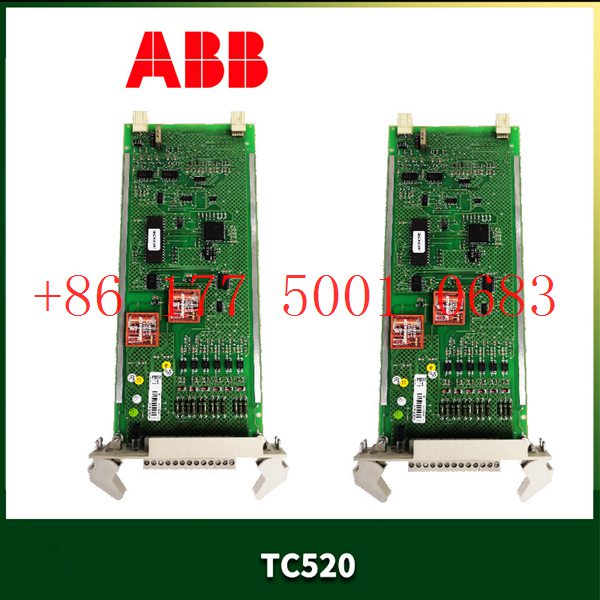
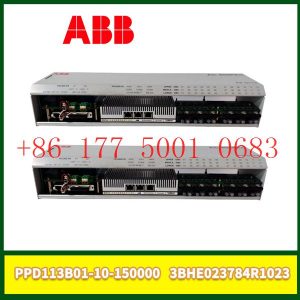
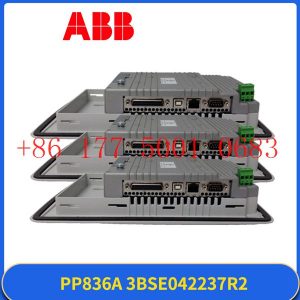
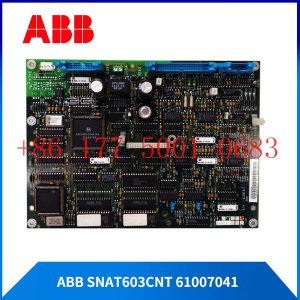
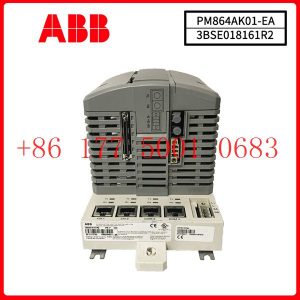
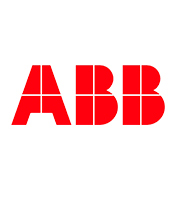



Reviews
There are no reviews yet.